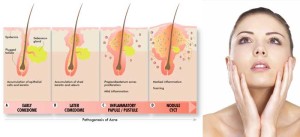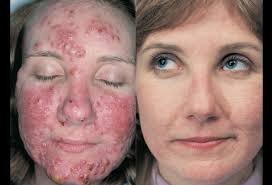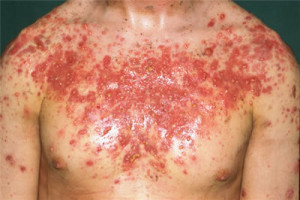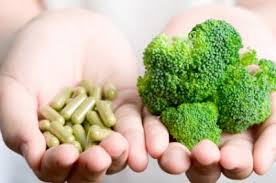
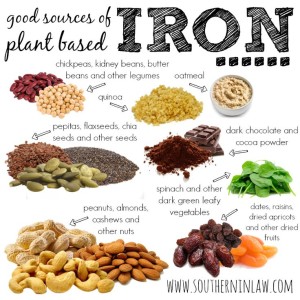
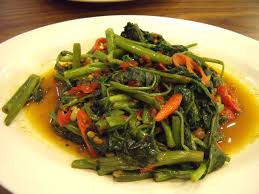

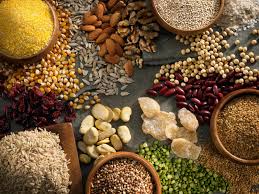
Plants by 20% can improve memory, attention span and concentration outside in wildlife. Studies have even shown that tasks performed while under the calming influence of nature are bettered performed (from sitting with our pets to being outdoors with mother nature in pleasant weather to that individual’s mind—from rain to a pleasant sunny day with birds chirping or even by a rain fall dropping near the person).
Keeping ornamental plants in the home and in the workplace increases memory retention and concentration. The calming influence of natural environments is conducive to positive work environments by increasing a person’s ability to concentrate on the task at hand. Work performed under the natural influence of ornamental plants is normally of higher quality and completed with a much higher accuracy rate than work done in environments devoid of nature. Going outside or being under the influence of plants can increase memory retention up to twenty percent, a recent University of Michigan study showed (Sewach). The effect of nature in the home and in the workplace serves to stimulate both the senses and the mind, improving mental cognition and performance. (Bisco Werner 1996; Brethour 2007; Frank 2003; Pohmer 2008; Serwach 2008; Shibata, 2001, 2004; Yannick 2009).
Even take parks or places like botanical gardens that both often play as a host to educational programs and special events, which do contribute to the awareness of culture and education of the community, especially children. The better the environment the better the effect. Example take a highly criminal area as opposed to a lesser one. Installing a park or botanical garden in a community has many direct benefits to residents, but an auxiliary benefit of having such a naturalized landmark in the community is the special events and cultural opportunities it brings to people who might not otherwise be exposed. Botanical gardens and zoos often create educational programs for children in order to teach them how the value of being environmentally-conscious and conserving the environment. They can also impact adults in the community as well, creating a cultural awareness of the importance of natural environments. Parks and gardens foster an appreciation for nature that often instills in residents a sense of responsibility for the caring of and protection of the environment. (Appleseed, Inc. 2009, Dubey 2007, Nadel 2005, Phipps Botanical Gardens and Conservatory 2010)
Parks and urban green spaces impact people’s health by providing them with an inexpensive (often free) and convenient recreational service. There is a positive correlation between the presence of a park in a neighborhood and the level of physical activity of the residents; people are much more likely to exercise when there is a no-cost, aesthetically pleasing area or facility for them to use. Many are more out to do simple (walking) or more intense (running) outside to even handball or basketball do just mental exercise (reading) all outdoors in nice parks as opposed to a high urban area of just warehouses and buildings with no park or in a work out place with all just nautilus and weights all over the public place that has high probability of picking up cold, flu, infections. Why? In high probability your exposed to much more germs and bacteria as opposed to a park or your own home in or outside. Less host build up of germs and bacteria. Public places are high percentage in where you pick up germs and bacteria.
Believe it or not is helps in the healing process. Shrubs, trees, and flowers have a practical application in hospitals. Whether the the presence of plants are in the patients hospital rooms or viewed outside the room seeing beautiful parks via their window greatly reduces the time necessary to heal. The soothing effects of ornamental flowers and plants are so great that simply having daily views of flowers and other ornamental plants in landscaped areas outside patient recovery room significantly speed up recovery time; now if unfortunately the patient is terminal it’s a much greater atmosphere to be around than just four walls.
Ornamental plants affect the levels of compassion that people feel for others. Studies have shown that people who spend more time around plants are much more likely to try and help others, and often have more advanced social relationships. People who care for nature are more likely to care for others, reaching out to their peers and forming shared bonds resulting from their common interests.
Spending time in nature gives people an increased feeling of vitality, increasing their energy levels and making them feel more animated. Their performance levels are, in turn, increased by this improved state of mind. Natural environments induce a positive outlook on life, making people feel more alive and active. When people experience increased vigor, they put more of themselves and their energy into their work. People who spend more time outside in nature have a significantly more positive outlook on life than people who spend a great deal of time indoors, based on the majority.
One of the more obvious benefits of plants and trees is that many of them have valuable medicinal properties. Cultivating plants helps humanity because it provides opportunities for additional scientific studies of the possible positive medicinal values of plants. Natural herbal remedies are simple and holistic methods for treating common illnesses and maladies.
Simply regarding STRESS, plants help people with dealing with it in a positive way. How you ask; by helping many people transform their stress into a more positive emotion, this can be done commonly done in America in a pent house, back yard to farming, gardening-it gives people an excellent coping mechanism for their daily frustrations. Plants to even nurturing them helps reduce stress levels and gives people a way to cope with their negative feelings, in letting them release rather than build up. Gardening can have therapeutic effects on people who have undergone trauma, either mental or physical. The act of nurturing a plant can provide victims with a way to work through their issues and heal their wounds, whether they are on the surface of the skin or deeper. Cultivating plants also improves their mental states and helps to put them in a better place for recovering. Gardening is a therapeutic tool.
Beautifying traffic medians not only improves the aesthetics of the roadways, it also affects driver attitudes. Studies show that drivers are more at ease on roadways with natural landscaping, and are much more inclined to think positively about the community that they are driving through if the roadways are beautiful. Furthermore, adding trees to roadways creates a sort of natural obstruction which could reduce the likelihood of cars crossing medians into oncoming traffic lanes. This improves driver safety and makes the community a safer place for everyone to live in.
Believe it or not plants enhance our lives!







